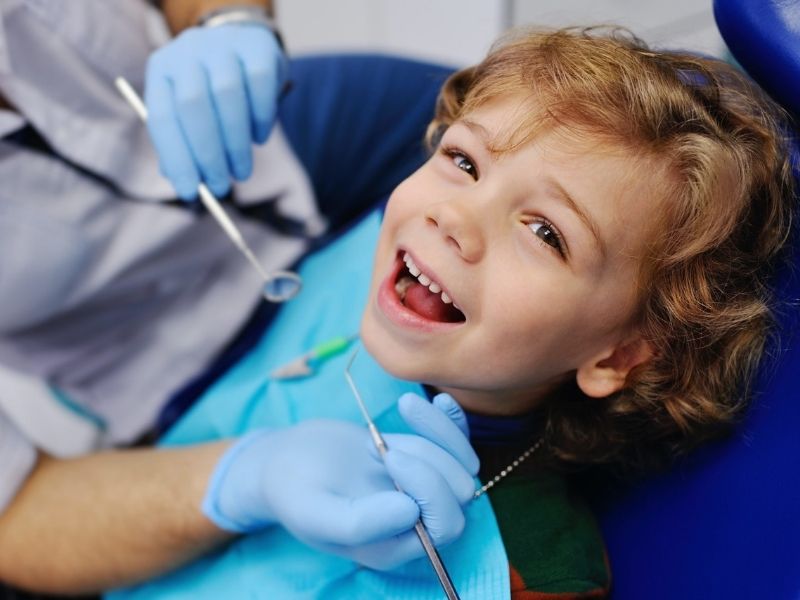Pedodontics (Pediatric Dentistry)
Primary teeth usually begin to erupt in the 6th month after birth, and a total of 20 primary teeth are completed by the age of 2.5 years. Primary teeth show structural and anatomical differences compared to permanent teeth, and these differences make them more resistant to caries and abrasion. Although the most important function of these primary teeth is the nutrition of the child, they also have the duties of speech, aesthetics and space for the permanent teeth to follow.

While the baby teeth with caries cause pain during feeding and related malnutrition in the child, at the same time, the decayed primary teeth lose their size and cannot hold enough space for the permanent teeth. This may invite space shortages that may occur in the future.
From the age of 6, permanent teeth begin to erupt, and in this period up to the age of 12, there are both primary and permanent teeth in the oral environment. In this mixed dentition period, if there are decayed primary teeth in the oral environment, it also poses a risk of caries for permanent teeth. At the same time, the treatment of newly erupted permanent teeth can be differentiated from mature permanent teeth, and this subject may require expertise.


The pedodontist monitors the oral and dental health of children as well as their jaw and facial development from infancy, and performs all preventive and therapeutic treatments and preventive applications accordin

